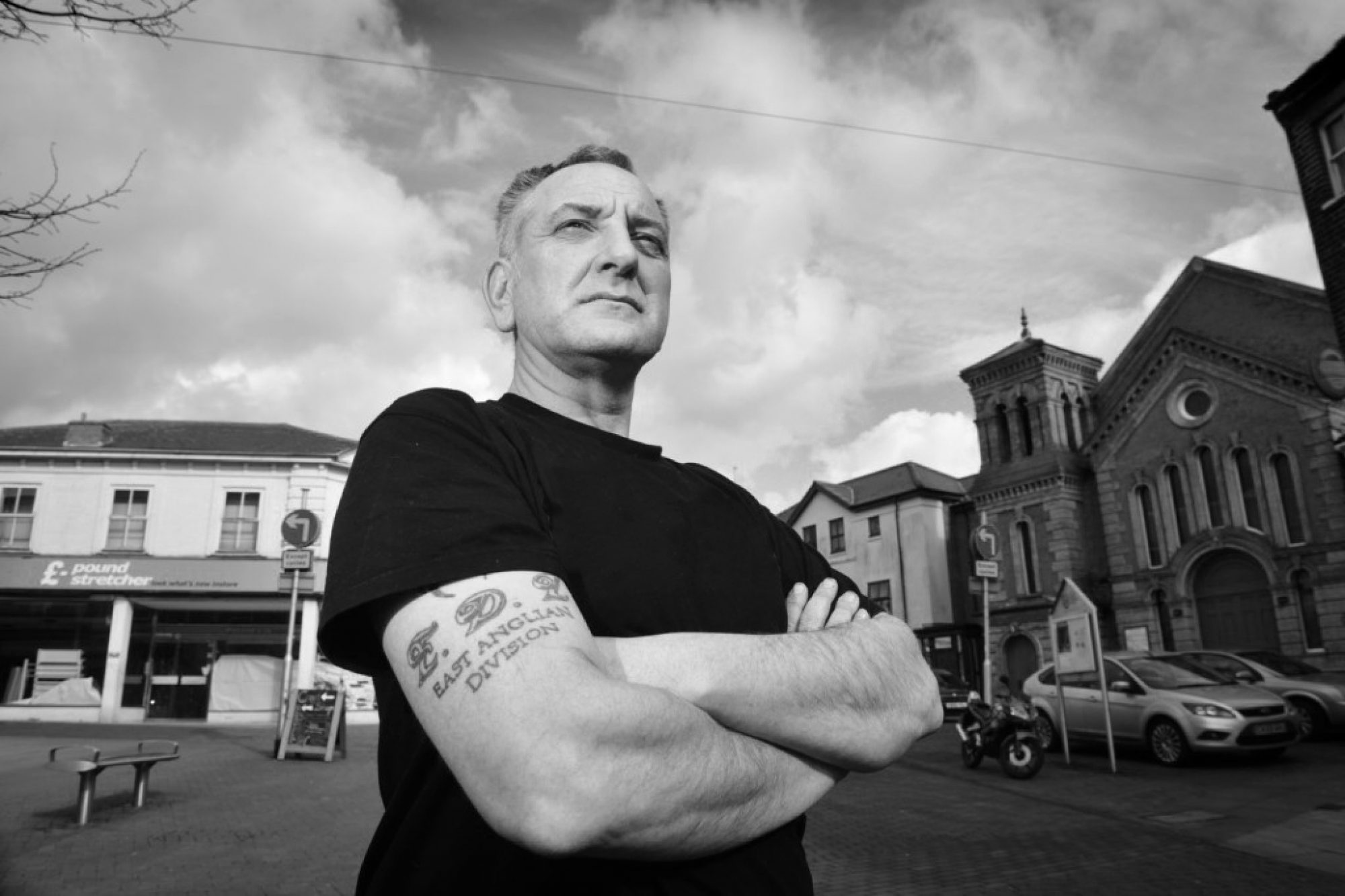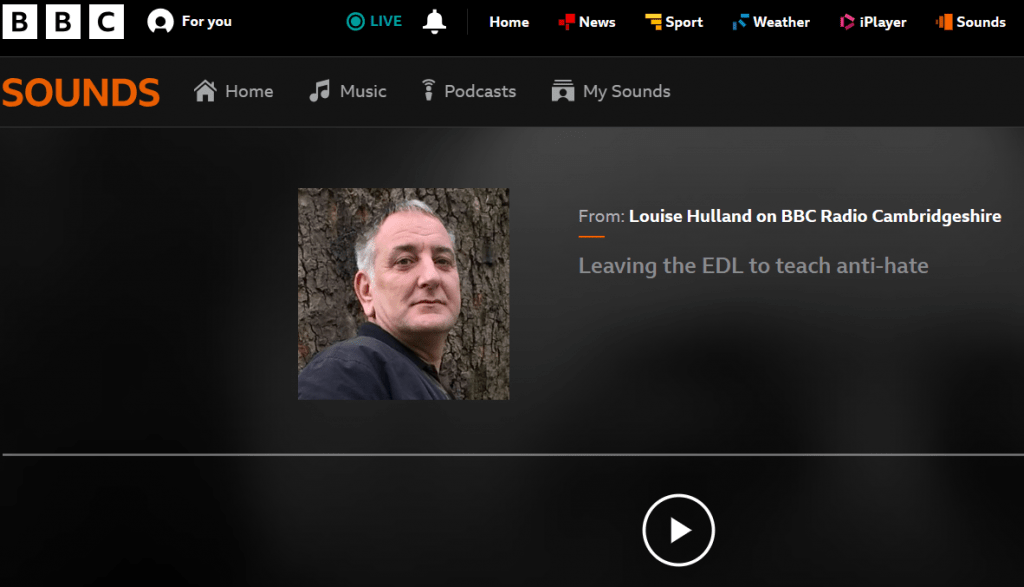Not everybody who has a dislike for Muslims or Islam is driven by hatred, but their feelings could have been influenced by various factors. Let’s explore this topic further.
Islamophobia refers to anti-Muslim hatred or ideologically driven prejudice. It has become a growing phenomenon in Western countries since the late 1990s. The term itself has been debated semantically, with some claiming it could encompass criticism of the religion of Islam alongside targeted hate against Muslims. However, proponents argue that anti-Muslim hatred has become racialised, affecting those perceived to be Muslim (such as Sikhs and migrants to Europe), necessitating broader terminology.
Negative media portrayals, labour discrimination, and targeted legislation are some non-violent manifestations of Islamophobia. However, more concerning are instances where Islamophobic attitudes are at the core of terrorist and violent extremist attacks. These incidents are often enabled by hate speech and recruitment to anti-Muslim extremist groups, particularly on the far right. Some high-profile violent incidents associated with Islamophobia include:
- Christchurch, New Zealand (2019): Brenton Tarrant committed two consecutive terrorist attacks at Al Noor Mosque and Linwood Islamic Centre in Christchurch, killing 51 people and injuring 50 more. Tarrant’s manifesto expressed anti-Islamic and anti-immigration sentiments.
- Bærum, Norway (2019): Philip Manshaus opened fire inside the Al-Noor Islamic Centre in Bærum before being subdued by others. He had praised the Christchurch shooter on social media.
- Quebec City, Canada (2017): Alexandre Bissonnette killed six worshippers at the Islamic Cultural Centre of Quebec City. Bissonnette held far-right, white nationalist, and anti-Muslim views.
- Finsbury Park, United Kingdom (2017): Darren Osbourne drove into a crowd of Muslims leaving a mosque after prayer, killing one.
While some argue for using the term “Islamophobia,” others prefer “Anti Muslim Hate.” The latter focuses more on countering the hate individuals experience without solely emphasizing “Muslimness.” It also includes hate directed towards other Muslims from within the Muslim community itself. The debate over terminology continues, but what remains clear is that addressing this issue requires understanding its complexity and working toward a more inclusive society.
The negative representations of Islam, fear of Muslims, security policies, and counterterrorism measures perpetuate discrimination, hostility, and violence toward Muslim individuals and communities. In such climates, Muslims often feel stigma and collective responsibility for the actions of a small minority. Discrimination can manifest in both public and private spheres, making it difficult for Muslims to freely practice their faith. Restrictions on religious expression, securitization of religious communities, socioeconomic exclusion, and stigmatization are pressing.
”Genuine concerns about Islamist Extremism/Terrorism”
Certainly! It’s important to approach this topic with nuance and sensitivity. While there are genuine concerns around Islamist extremism, it’s essential not to stigmatize an entire community or people voicing a concern based on the actions of a few. Let’s explore some aspects related to this issue:
- Stigmatization and Responsibility:
- A report by the UK government’s faith adviser, Colin Bloom, highlights that Muslims are being marginalized in various areas of British life.
- Some politicians have stigmatized Muslims by making them feel responsible for Islamist terrorism.
- Bloom emphasizes that Islamist extremism is repulsive to mainstream British Muslims, just as acts of violence by other extremists are to other religious communities.
- However, he warns that if this situation persists, many British Muslims may struggle to feel fully accepted and integrated within society.
- Threat Perception:
- Public perception plays a role. A report by Hope not Hate found that over a third of people in the UK believe Islam is a threat to the British way of life.
- Law enforcement agencies have foiled several plots, with a significant proportion related to Islamist extremism. In 2017-18, 44% of individuals referred to authorities were due to concerns related to Islamist extremism.
- Diversification of Threats:
- The threat landscape has evolved over the last decade. While Islamist terrorism remains a concern, there is also a rising threat from far-right extremists.
- The UK faces twin threats: from Islamists (such as adherents of Islamic State) and from a more disparate extremist far right aiming to trigger a race war.
Let’s not forget about Anjem Choudary, the Muslim voice used by the media, that was always on the TV. Responsible for radicalising two generations of Muslims plus many people like myself in the past, And the reason that the English Defence League (EDL) was formed in 2009.
- Anjem Choudary, a hate preacher and extremist, was finally caught for supporting ISIS after more than 20 years of spreading extremism in the UK. His case highlights the challenges faced by authorities in dealing with individuals who carefully skirt the boundaries of British terror legislation.
- Choudary had managed to evade British terror laws by treading a careful line, arguing that he was merely exercising his freedom of speech over his interpretation of the Quran and Islam. He claimed he was not breaking the law by supporting any banned groups. However, everything changed after ISIS declared its “caliphate” in 2014, claiming to realize Choudary’s frequently-declared wish for a territory ruled by Sharia law.
- In 2014, Choudary and his key supporters met at a curry restaurant in London. After discussing the move with his mentor, Omar Bakri Mohammed, who is currently in jail in Lebanon after being banned from the UK, Choudary and his followers formally pledged allegiance to ISIS and its leader, Abu Bakr al-Baghdadi. This pledge was not publicly announced but was made through a series of tweets encouraging Muslims to move to an unspecified “caliphate.” The convicted Indonesian terrorist, Mohammed Fachry, was given permission by Choudary to publish his oath online.
- The evidence needed for Choudary’s conviction came when he and his co-defendant, Mohammed Mizanur Rahman, encouraged backing for the so-called Islamic State in a series of talks posted on YouTube. They were both convicted of “inviting support” for a banned group in July following a trial at the Old Bailey.
- Choudary’s extremist network had been linked to approximately 15 terror plots dating back approximately 20 years. His release from prison occurred after serving five and a half years for inviting support for the Islamic State group. Despite widespread bafflement about how he avoided jail for terrorism offenses, there is remarkable agreement across political and religious spectrums that Choudary played a pernicious role in funnelling people towards terrorism.
Where is Choudary currently, In prison on remand after recently appeared in court, facing charges related to the banned group Al-Muhajiroun. The 56-year-old Islamist is accused of directing this proscribed organization, as well as addressing meetings to encourage support for it.
Al-Muhajiroun was banned in the UK in 2010 for glorifying terrorism, but it has continued to operate under various names and guises. Choudary allegedly provided lectures to the Islamic Thinkers Society, which is essentially an offshoot of Al-Muhajiroun . The prosecution claims that Choudary spoke to weekly online small groups from June 2022 until his arrest, giving lectures on establishing an Islamic State in Britain and how to radicalize people.
Khaled Hussein, a Canadian national, was arrested at Heathrow Airport after arriving on a flight on the same day as Choudary’s arrest. Prosecutors allege that Hussein helped set up Al-Muhajiroun’s Canadian branch and was effectively working for Choudary. The trail continues on the 4th August.
The case highlights the ongoing efforts by authorities to combat extremist ideologies and activities within the UK.
In summary, it’s essential to differentiate between mainstream Muslims and extremist individuals










